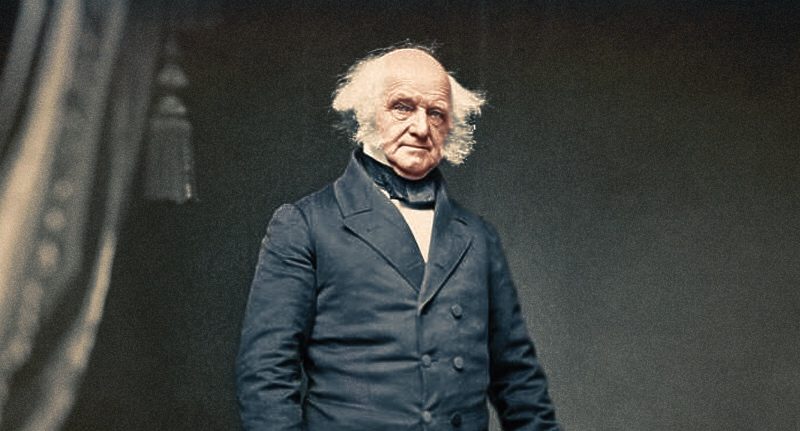Not a founding father nor a figure in living memory, 8th president of the United States, Martin Van Buren, is understandably an unknown figure in American politics. Like any other president, however, he has a claim to fame through several unique and defining elements.
Here are eight facts about the 8th president that you may not have known.
The first American president to be born in the United States of America
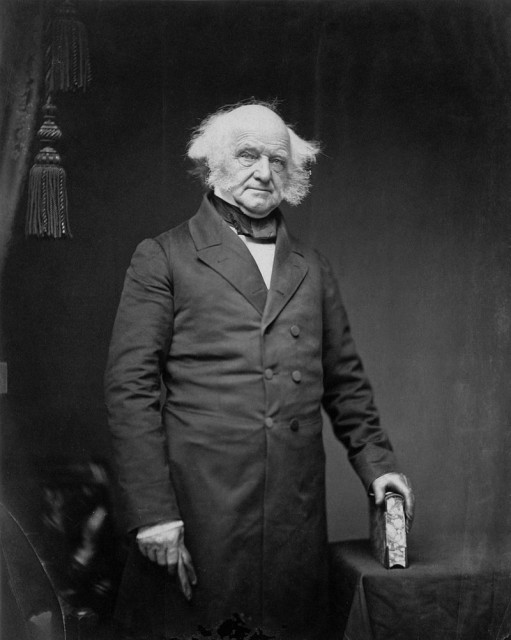
You may not have ever taken the time to think about it, but the first seven presidents of the United States of America were not born in the country. This is more of a technicality, as they were born on the continent, but they were all born to British families in British colonies of Massachusetts or Virginia.
Marten Van Buren was born after the revolution, making him American by American laws. Born in Kinderhook, the first true American president was a New Yorker!
English was his second language
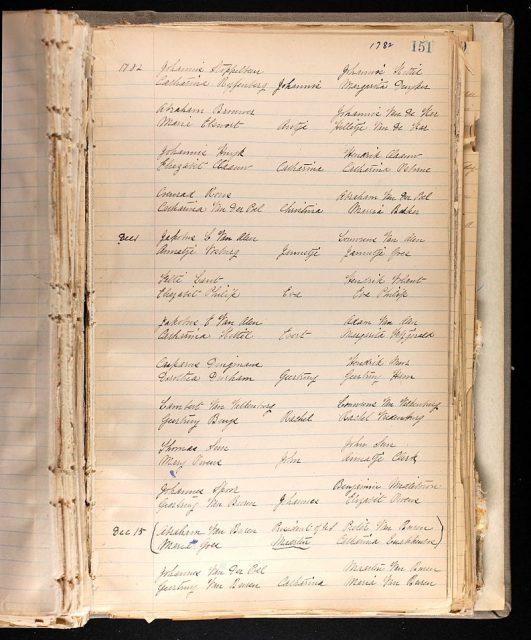
Kinderhook, originally “Kinderhoek,” means “children’s corner” in Dutch. This New York town got its name from the famous explorer Henry Hudson who’d seen Native American children playing there.
By 1640, the Dutch began to settle the area. About 150 years later, a Dutch tavern keeper and his wife had a son. Growing up in such a community, Martin Van Buren’s first language was, understandably, Dutch. He is the first and still only American president to speak English as a second language.
Boasted an impressive résumé
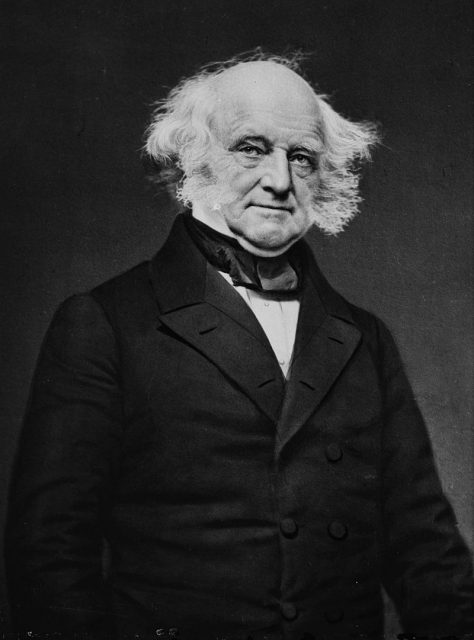
His father having played a roll (on the side of the revolutionaries, of course) in the Revolutionary War, politics was in the family. After receiving his basic education, Van Buren became a lawyer’s apprentice, opening his own practice in 1803.
Throughout his life, he would go on to become Attorney General, Senator, then Governor of New York, rising to the federal level as Secretary of State, Ambassador to Great Britain, Vice President of the United States, and eventually President.
Played an active role in the Trail of Tears
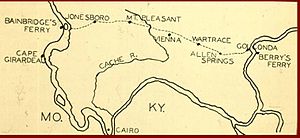
Your American education probably taught the Trail of Tears as a horrible period of history due to Andrew Jackson’s politics when he was in office. The effects and much of the action did, however, succeed him. Van Buren was Jackson’s Vice President, and the latter “hand-picked” the former to become President after him.
This explains why Van Buren carried on Jackson’s displacement of Native tribes. The Cherokees and Potawatomi were forced into camps, subjected to very rough conditions like heat and drought, before being forced westward, away from their homes.
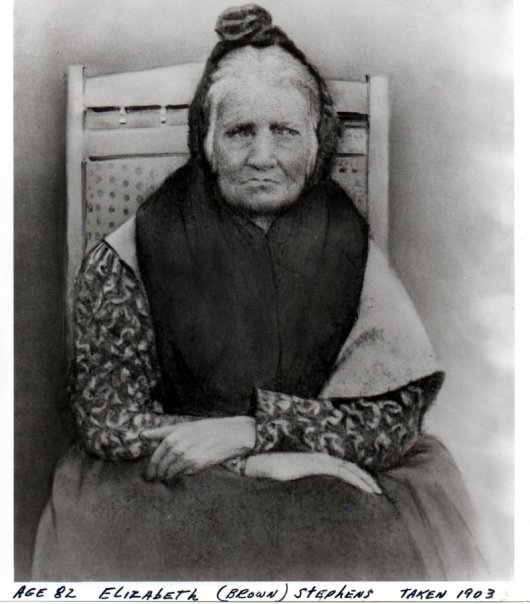
In Florida, the Seminoles refused to be relocated and put up a fight, culminating in the Battle of Lake Okeechobee. The U.S. government admitted peace to avoid more battles, letting the Seminoles stay put for the time being. Unfortunately, it wouldn’t last.
Created an independent U.S. Treasury
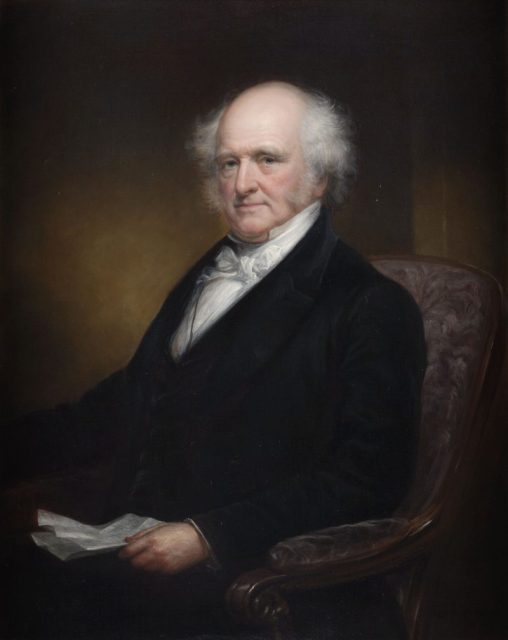
In an attempt to counteract the impending failure of banks, politicians proposed reviving the national bank. Refusing to reinstate a federal power, Van Buren instead came up with the idea of an independent U.S. treasury.
Related Video: Rare footage of civil war veterans doing the Rebel Yell:
https://youtu.be/mYpNz7bvB1g
The idea was to convert all of the country’s assets into gold or silver, protecting government funds, separating them from private banks, and avoiding inflation. A couple years later this system was abolished, but the treasury was reinstated in 1846 and in use until the 1913 Federal Reserve Act was passed.
Avoided a second war with Britain
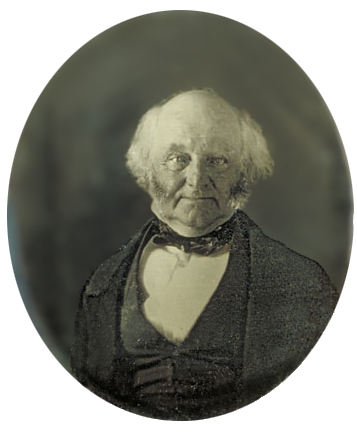
What would have happened if a second war with Great Britain broke out a mere 54 years after the Revolutionary War? Luckily, President Van Buren avoided finding out. In 1837, some unruly British citizens living in present-day Quebec and Ontario crossed the border into New York and attempted to set up the Republic of Canada. British troops were sent in to stop the rebellion and one U.S. citizen was killed in the altercation.
Americans cried out for retaliation, some going so far as to form rogue revenge groups. Van Buren sent a peace brigade to the border to diffuse the situation, however, and declared neutrality through Congress. He hoped to set a future precedent against American involvement in foreign conflict.
Co-founder of the Free Soil Party
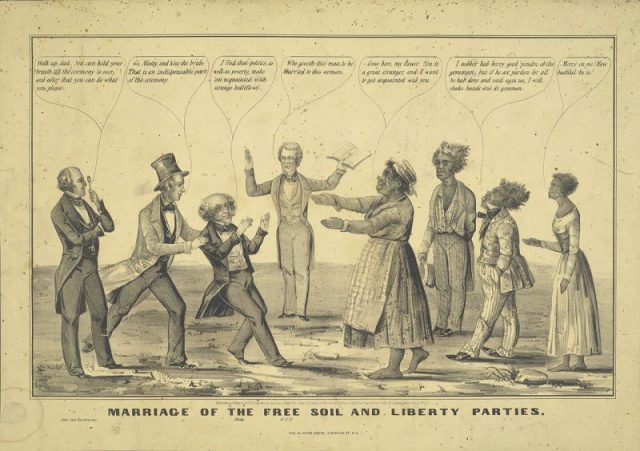
Despite his role in Native American policy, Van Buren was surprisingly against slavery. Though he originally supported a bipartisan system of government, in 1848 (seven years after his single term presidency and two failed reelection attempts later) he formed the Free Soil Party with other politicians whose singular goal was the opposition of the expansion of slavery westward. The party also worked to alleviate restrictions on already freed slaves in the north.
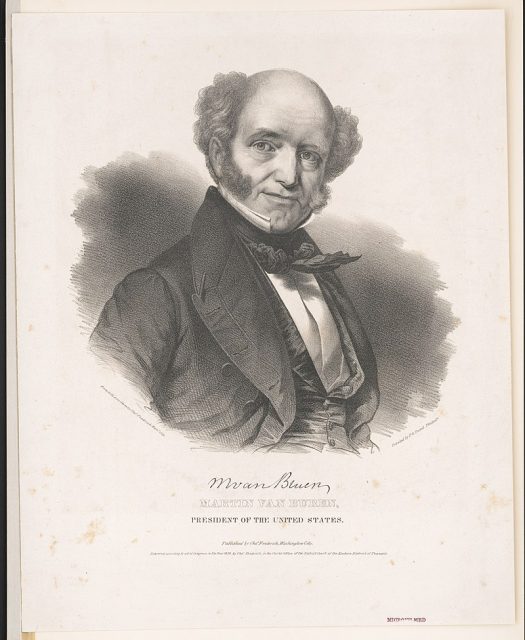
Critics at the time blamed the Free Soil Party for having no moral interest in abolition, but rather self-serving interest in the protection of white workers. Regardless, the party helped bring a political spotlight to rising tensions among Americans over the issue of slavery, priming the pre-Civil War atmosphere. It brought the country into a financial recession to rival the Great Depression.
Read another story from us: Jimmy Carter Reported a UFO Sighting Before Becoming President
America was not always a rich country, something Van Buren proved by his Financial Panic of 1836. The primary cause was the decentralization of the federal Bank of the United States by Jackson. Van Buren carried on Jackson’s policies, supporting states’ rights. The beginning of Van Buren’s presidency saw a collapse of state banks who couldn’t keep up, resulting in failed businesses, high unemployment, and almost seven years’ depression — arguably the worst in national history.
